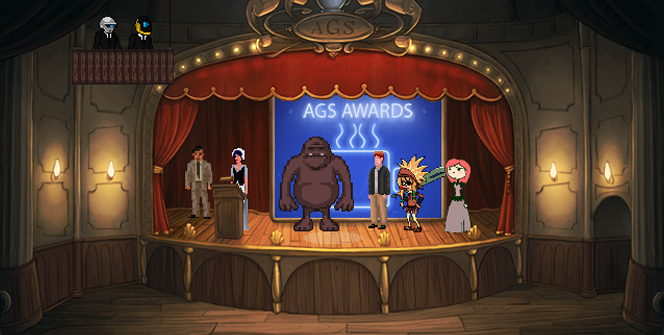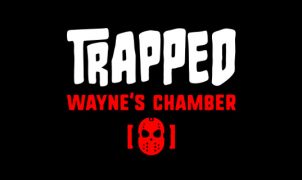When you think about iconic point-and-click games, what comes to mind? You’ll probably think of Monkey Island, Grim Fandango, Deponia, or Syberia. But what do they all have in common? In order to create an amazing video game, you need a compelling story. These games all have a story that drew you in and kept your enchanted for hours upon hours. So, how can you become the storyteller of your game?
Get Started by Becoming Inspired
Writing a game story is no different than writing a book. So, take some time and get inspired by what’s already out there. Read through adventure, horror, and fantasy books to learn how the author tells his or her story. By reading as much as you can, you can find what attracted you to a particular story and use that to shape your own adventure.
Ask the What If’s?
Once you’ve done your research, it’s time to find a story that inspires you. A great way to start is to think about an idea in the form of a “What If” situation. This is how some of the greatest stories came to life. For example, Toy Story started out with the question, “What if children’s toys came to life when they were left alone?” To develop your question, you will want to shut down the logical part of your brain and open your mind to the impossible. Think outside the realm of this world, and imagine a world of your own creation.
The World
Any institution teaching game design will teach you that for some people the idea for the world comes first, and for others, the character comes first. So, depending on which came to your mind first, you may want to skip to the next section. However, when you’re creating your world you will want to define every aspect of your world before you start writing. Define the history of your world, and how it got to be the way it is. Then, figure out the rules of your world. Every place has a certain set of societal rules and it is important that you lay them out and keep them consistent throughout the story. After you develop the rules, you can create the physical features of your world – what flora and fauna live there, and what color is the environment? A great technique is to physically map out your world and lay everything out so that you can remain consistent throughout your story.
You will also need to remember that although the world is important in your story, it shouldn’t take center stage against your protagonist. Your world should shape how your character develops and therefore you will want to think about elements of the world that will move the story along. If you’re stumped, some great books to read to inspire your world are the Star Wars or Hunger Games series.
The Characters
The first character you will want to create is your protagonist. There are two types of features that you need to consider when you create your character: external and internal features. The external features are typically easier to create, as they are the physical make-up of your character. What does he or she look like? What do they wear? However, the internal features are a lot more complex. These characteristics determine what’s on the inside of your character. What are their wants and needs? What are their flaws? You know that you have created a fully developed character when you can imagine how they will react in any situation. Therefore, a great technique that writers use is to imagine your character trapped in an elevator. How do they respond? Do they find a way out, or do they sit there and cry? Then, put them in other situations and figure out how they would react. This can help to create a well-developed character.
You will also need to remember that the best story characters are also deeply flawed. No one is perfect so look into your own life for inspiration. Is there something that you wish you could overcome? Or is there someone in your life that has overcome something? No character is completely made up, and therefore having elements of a real person can help other people relate to your story.
This is just the beginning of your story. Once you figure out your idea, world, and characters, you will then need to move on to the plot. From there, everything should come together to form a compelling and entertaining story.
Written by Jane Sandwood





